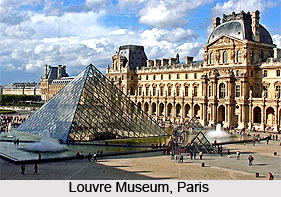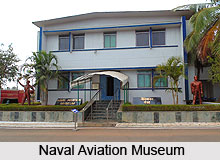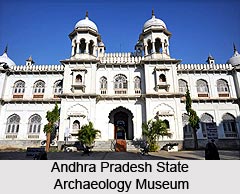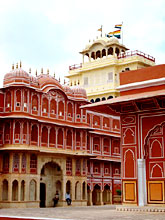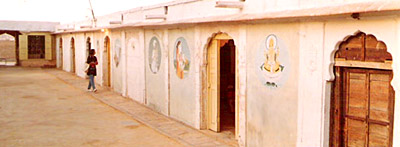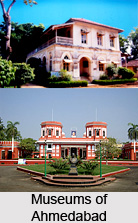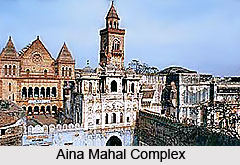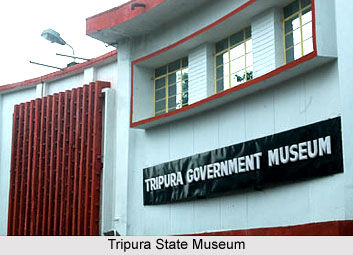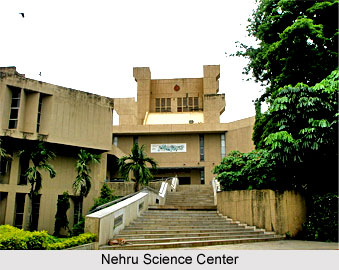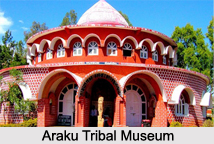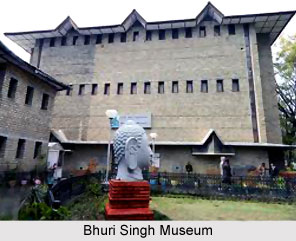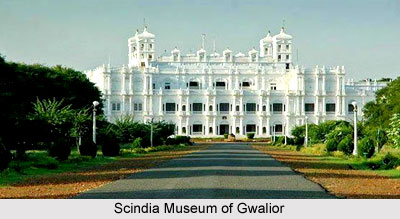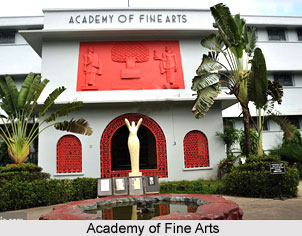 Museums in West Bengal, since ages, have preserved the rich heritage of the country. Artifacts having cultural, religious, scientific and historical importance are conserved and showcased by these museums. These museums can be categorized into art museums, archaeological museums, history museums, science museums etc, according to the artifacts they house. Museums of West Bengal are not only important for the state but are also the pride of the nation. Museums of West Bengal are rich in its content and are massive archives for purposes like research and study.
Museums in West Bengal, since ages, have preserved the rich heritage of the country. Artifacts having cultural, religious, scientific and historical importance are conserved and showcased by these museums. These museums can be categorized into art museums, archaeological museums, history museums, science museums etc, according to the artifacts they house. Museums of West Bengal are not only important for the state but are also the pride of the nation. Museums of West Bengal are rich in its content and are massive archives for purposes like research and study.
Town Hall
Town Hall is a historical hall in Kolkata that had been the venue of public meetings and social gatherings since its foundation in 1814. The architecture is in Doric style that required almost Rs. 7 lakhs by means of public lotteries. Town Hall has recently been restored to its original form with the addition of a library and an archive.
Asiatic Society
Asiatic Society was built on 15th of January, 1784. A meeting was held at the Fort William with 30 leading European citizens of Kolkata, presided over by the Chief Justice, Sir Robert Chambers of the Supreme Court and there a proposal of founding a society for antiquities, arts, science and literature of Asia was passed.
Central Municipal Building
Central Municipal Building was built in 1872. This municipal office was built at a cost of Rs. 1 lakh exclusive of the price of the land. Mr. Osmond of Mackintosh Burn and Co. designed the building and the total cost of construction was 1.98 lakh.
Netaji Bhawan
Netaji Bhawan was originally the house of Subash Chandra Bose, also known as Netaji. The display in the museum includes a giant collection of photographs, personal belongings and letters of Netaji. The museum is also a place to do research on the International and National Politics.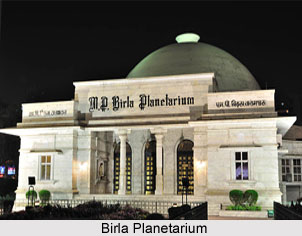
Academy of Fine Arts
Academy of Fine Arts was established in 1933 and the archive of this museum includes contemporary Indian art including specimens of art of medieval Bengal and Indian textiles, medieval Indian miniature paintings, Kashmir shawls, 19th century prints and some unique stone sculptures.
Asutosh Museum of Indian Art
Asutosh Museum of Indian Art was built in 1937 and named after the great educationist, Asutosh Mookerjee. The museum was built with the objective of collecting, preserving and exhibiting objects of Indian art and antiquity with special focus on eastern India, specifically Bengal.
Birla Industrial and Technological Museum
The Council of Scientific and Industrial Research founded Birla Industrial and Technological Museum in the year1956 in Kolkata. The museum houses all the components related to basic science and technology and has large number of exhibits, designed, prepared and fabricated at its own workshop. Galleries of this museum feature models showing electricity, iron and steel, electronics, nuclear physics, optics, communication and mining.
Birla Planetarium
Birla Planetarium in Kolkata was founded in 1963. It is the largest planetarium of Asia. It houses an electronics laboratory where designing and fabrication of scientific equipments takes place. There is also an astronomy gallery with vast collection of paintings and celestial models of renowned astronomers.
Ethnographic Museum
The Cultural Research Institute established Ethnographic Museum in the year 1955, and the objects on view include hunting-tools and equipment, dresses and ornaments, fishing gears, furniture, spinning and weaving.
Nehru Children`s Museum
Nehru Children`s Museum has exclusive collections including puppets depicting the Ramayana and the Mahabharata. There are many dolls wearing national costumes from different countries, miniature working models of railway crossings and others in this museum.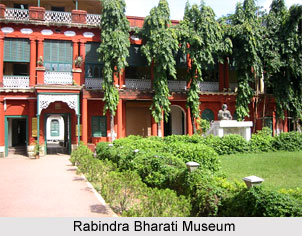
Rabindra-Bharati Museum
Rabindra-Bharati Museum is located in the ancestral house of Rabindranath Tagore. This museum is attached to the Rabindra Bharati University. It was established in the year 1961. A major section of this museum deals with the life and works of Rabindranath Tagore. The rich collection of books, original paintings, manuscripts, photographs and other items related to the unforgettable personalities of the 19th century such as Ishwar Chandra Vidyasagar and Dwarkanath Tagore are also housed in this museum.
State Archaeological Gallery
State Archaeological Gallery was built in the year 1962. It houses rare tools belonging to the early, middle and the late stone ages from Susunia (Bankura) and other sites, proto-historic relic from Pandu Rajar Dhibi (Burdhaman), terracotta, sculptures and so on.
Tagore Memorial Museum
Tagore Memorial Museum or Rabindra Bhavana at Shantiniketan was founded in 1942. This museum is a place echoing the memory of the famous poet and Nobel laureate, Rabindranath Tagore. This Bhavana exhibits the personal collections of Gurudev and also the gifts presented to him from India and foreign lands. A well stacked library and a general section with extravagant collection of paintings; letters written by celebrities and manuscripts are enclosed in this centre.
Other Museums of West Bengal
Victoria Memorial has a museum housing items related to Indian history from the 17th to 20th century such as relics, documents and personal commodities. The Zoological Garden was established in 1875 and is one of the largest in the country. The garden is well stocked with many varieties of popular, important and interesting fauna collected from India and abroad. Rev. William Carey and his associate established Carey Museum in 1818 in Kolkata. This museum is best known for early printing in India and abroad and its great collection of manuscripts. The manuscripts are found in diverse Indian and Asian scripts and languages in this museum, along with copies of Hindu scriptures like the Vedas and the Upanishads. Gandhi Smarak Sangrahalaya has a large collection of photographs depicting Gandhiji`s life, since its foundation in 1961.
A number of aspects and artifacts of the country has been beautifully protected by these museums. Several historically significant monuments have been converted into museums. These museums form one of the most significant parts of the country that narrates its glorious stories in the most elegant manner.
